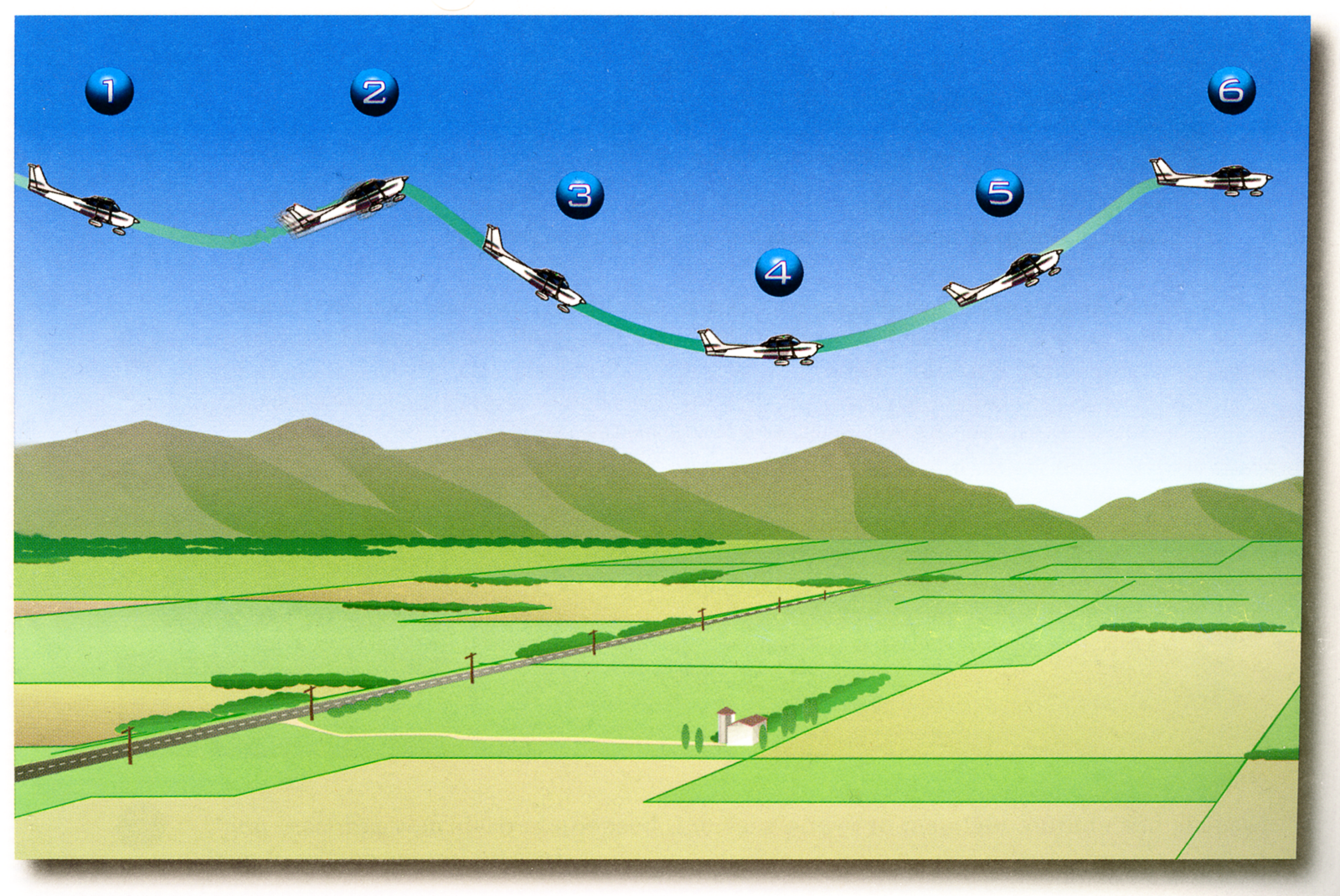-
Practicing Maneuvers

 Tuesday I was rained out from flying. I was pretty bummed, but Portland had the most rainfall I’ve seen in a long time. We talked about doing a ground school session in Hillsboro area, but since traffic was pretty crazy, we decided to change it to Wednesday.
Tuesday I was rained out from flying. I was pretty bummed, but Portland had the most rainfall I’ve seen in a long time. We talked about doing a ground school session in Hillsboro area, but since traffic was pretty crazy, we decided to change it to Wednesday.The training on Wednesday evening was great. We met at his place and studied there. The main information we went over was health related along with a slight discussion over getting into maneuvers. The health related information was going over different conditions that may come up when flying. Also going over conditions that would be valid excuses not to fly. I was shocked to find that even though there are a thousand different flight regulations, a pilot is able to have a blood alcohol content of 0.04%. A lot more than I would expect (which was none). Following our ground school lesson we planned to meet up on Thursday for a flight.
Thursdays flight was great. I realized that I am getting much better at my controls, though I do need to keep my eyes on the sky more often. I tend to keep my gaze on the instruments trying to keep my altitude and air speed to the numbers James has set. Though this is important, it is more important to pay attention to what is around me visually.
During the flight we went over two maneuvers: slow flight and stalls. Slow flight consists of full flaps with our air speed around 55 knots. The stalls we went over were the “Power Off Stall” and the “Power On Stall”. These stalls are the most common and most important to go over as they’re the stalls that occur when landing and when taking off respectively.
A stall is caused by having the angle of attack of your wing to lose control and cause there to be no lift provided by your plane.
 The stalls were a lot of fun, though there is a lot that happens during these. The Power Off stall is more complex than the Power On stall because you have to deal with the flaps and cause yourself not to continue falling to the ground.
The stalls were a lot of fun, though there is a lot that happens during these. The Power Off stall is more complex than the Power On stall because you have to deal with the flaps and cause yourself not to continue falling to the ground.After practicing stalls and going over turns, ascents, and descents, we flew over to McMinnville Airport to practice my taxiing of the plane.
Taxiing a plane is when you are on the ground and moving the plane from one location to another. Usually from landing to the hangar or the other way. Taxiing is interesting to get your mind around because instead of using your steering wheel in a car with your hands, you’re using your feet to control the rudder and the brakes.
You use the hells of your feet on the rudders to move left and right, and when making a sharper turn, you use your tips of your toes to apply pressure to the brake on the left or right side depending on which way you’re turning. To stop the plane, you apply your toe tips to the brakes on both the right and left side. This is important to practice because without good taxiing control, taking off will be a mess.
I practiced my rudder controls for about five to ten minutes before practicing a take off from McMinnville. What an experience! Taking off I found was much easier than I thought. Just a matter of staying straight on the runway, maxing the throttle, getting our speed up to the designated take off speed (around 55 Knots in the Cessna 172), and then pulling back to increase our pitch. Once in the air it was just a matter of staying the correct heading, and continuing to pull up like we do when ascending in the air.
We practiced a few more turns, some more ascents and descents, and then came back home to Twin Oaks.
Overall this was an awesome lesson and the weather and time of day gave for one beautiful flight. I’ll say that even though this lesson was fun, there was definitely a lot to learn and a lot to ponder.
Related
September 10, 2010 / Jason / 1
Categories: Private Pilot Completion
Tags: Cessna 172, flying, James, K7S3, Maneuvers, Training, Weather
Rain…I Should Have Known Clear Blue Skies
Comments are currently closed.
One thought on “Practicing Maneuvers”
Logbook
- Total Flight Time: 318.5 Hours
- Pilot In Command Time: 224.7 Hours
- Solo Time: 300.6 Hours
- >50NM Cross Country Time: 95.2 Hours
- >50NM Cross Country Time (Solo): 62.5 Hours
- Night Time: 8.5 Hours
- Simulated Instrument Time: 4.8 Hours
- Landings (Day/Night): 617 (593/24)
- Flight Training Received: 92.8 Hours
- Ground Training Received: 30.8 Hours
Updated 5/2/2019

Fine, but what is the fun in that?! 🙂